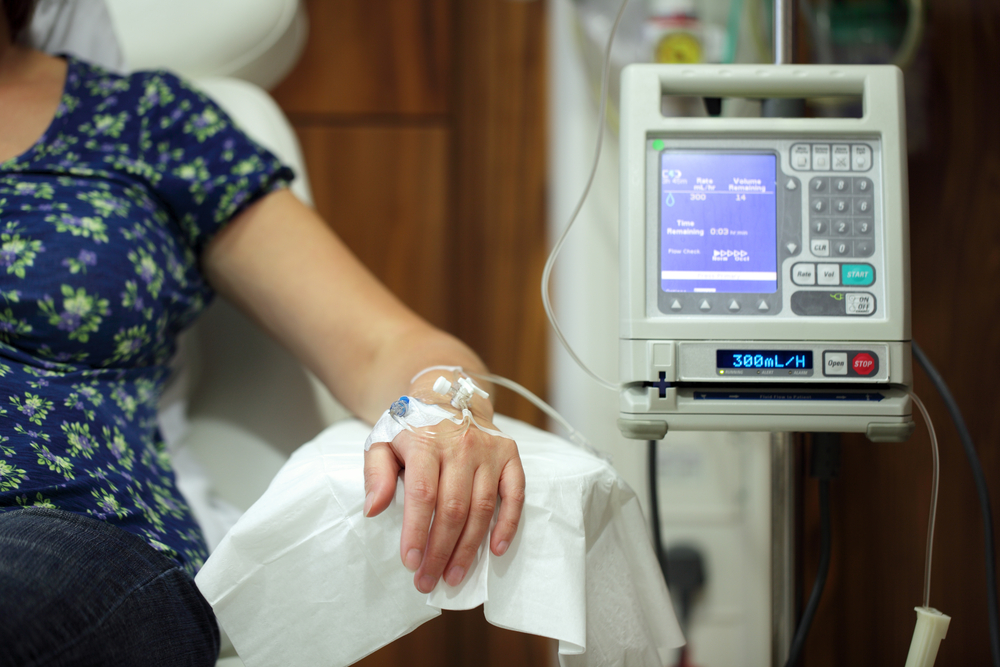Comprehensive Approaches for Effective Bladder Cancer Management
This comprehensive guide explores effective bladder cancer management strategies, including surgical options, chemotherapy, immunotherapy, and radiation therapy. It emphasizes personalized treatment plans and managing side effects for better patient outcomes, offering valuable insights for patients and healthcare professionals alike.

Comprehensive Approaches for Effective Bladder Cancer Management
Bladder cancer presents a complex health challenge that necessitates a multidisciplinary and personalized treatment strategy. Addressing this condition involves collaboration among various medical specialists, including urologists, oncologists, radiologists, and nursing staff, to formulate an optimal plan tailored to the patient’s unique circumstances. The treatment approach depends heavily on factors such as the type of bladder cancer, its stage, and grade, emphasizing the importance of precise diagnosis and staging in developing effective management strategies.
Exploring Bladder Cancer Treatment Options
Surgical Interventions for Bladder Cancer
Surgical procedures are often pivotal in managing bladder cancer, especially when tumors are localized or invasive. The extent of surgery varies according to the severity and spread of the cancer, ranging from minimally invasive procedures to more extensive resections involving removal of the bladder and nearby tissues. The primary surgical treatments include:
Transurethral Resection of Bladder Tumor (TURBT)
This technique involves inserting a cystoscope—a specialized instrument—through the urethra to visualize the bladder interior. Using this device, the surgeon removes the tumor with a wire loop, laser, or fulguration, typically under anesthesia to ensure patient comfort. TURBT is usually the initial treatment for superficial bladder tumors and is instrumental in diagnostic staging and tumor removal.
For more advanced and invasive bladder cancers, more extensive surgical procedures may be required. These include partial or complete removal of the bladder, known as cystectomy. When necessary, a radical cystectomy involves excising the entire bladder along with surrounding tissues, such as lymph nodes, prostate in men, or uterus in women, depending on the cancer’s location and patient’s sex. Post-surgical urinary diversion techniques are employed to reroute urine, which may involve creating a stoma through the abdominal wall (urostomy) with the attachment of a urine collection bag, significantly impacting the patient’s quality of life but effectively controlling disease progression.
Managing Side Effects Post-Bladder Surgery
While surgery can be life-saving, it also carries potential risks and side effects. Patients might experience pain, mild bleeding, urinary leakage, infections, or nerve damage. Some individuals may encounter issues such as erectile dysfunction, challenges in bladder emptying, or urinary incontinence. Ongoing management, including rehabilitation and support, plays a critical role in recovery and maintaining quality of life after procedures like cystectomy.
Chemotherapy’s Role in Bladder Cancer Treatment
Chemotherapy is a cornerstone in bladder cancer management, particularly for invasive or metastatic disease. It involves the use of powerful drugs to kill cancer cells, inhibit their growth, and prevent further spread. Chemotherapy can be administered in various ways:
Intravesical Chemotherapy
This approach involves delivering chemotherapy drugs directly into the bladder through a catheter. It is primarily used for superficial tumors to reduce recurrence risk after tumor resection.
Systemic Chemotherapy
In cases of muscle-invasive or metastatic bladder cancer, drugs are given orally or intravenously, allowing them to circulate throughout the body and target cancer cells beyond the bladder. Systemic therapy is often part of a multimodal treatment plan, sometimes in conjunction with surgery or radiation.
Side effects are common and can include nausea, fatigue, hair loss, diarrhea, decreased appetite, and an increased risk of infections due to suppressed immune function. Careful monitoring and supportive therapies help manage these adverse effects.
Immunotherapy: Harnessing the Body’s Defenses
Immunotherapy, also known as biologic therapy, represents a revolutionary approach in bladder cancer treatment. It involves boosting the body's natural immune system to recognize and destroy cancer cells more effectively. These therapies include immune checkpoint inhibitors and other agents derived from the body or lab-designed substances. Immunotherapy has shown promising results, especially in cases resistant to conventional treatments.
Patients receiving immunotherapy may experience side effects like fatigue, mild fever, chills, flu-like symptoms, or localized bladder irritation manifesting as bleeding or burning sensations. Although generally well-tolerated, careful patient selection and management are essential to maximize benefits and minimize risks.
Radiation Therapy: Targeted Cancer Cell Destruction
Radiation therapy uses high-energy X-ray beams to target and destroy cancer cells within the bladder. It can be delivered externally or via internal radiation sources (brachytherapy). The treatment plan involves multiple sessions, carefully calibrated to minimize damage to surrounding healthy tissues. While radiation therapy offers an alternative for patients who are not candidates for surgery, it may cause side effects such as fatigue, skin reactions, bladder irritation, increased frequency of urination, or bleeding.
The choice among these treatment modalities depends on the stage of bladder cancer, the patient’s overall health, personal preferences, and potential side effects. Sometimes, a combination of treatments offers the best chance for disease control and improved quality of life. It is crucial to have comprehensive discussions with healthcare providers to understand the benefits and risks associated with each option.
In summary, effective bladder cancer management requires a personalized, multidisciplinary approach that incorporates surgery, chemotherapy, immunotherapy, and radiation therapy when appropriate. Advances continue to improve survival rates and quality of life for patients facing this challenging disease.





